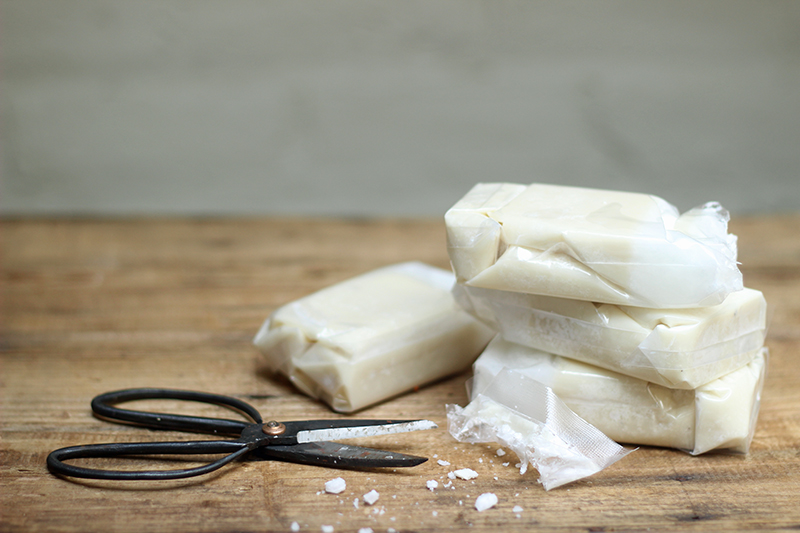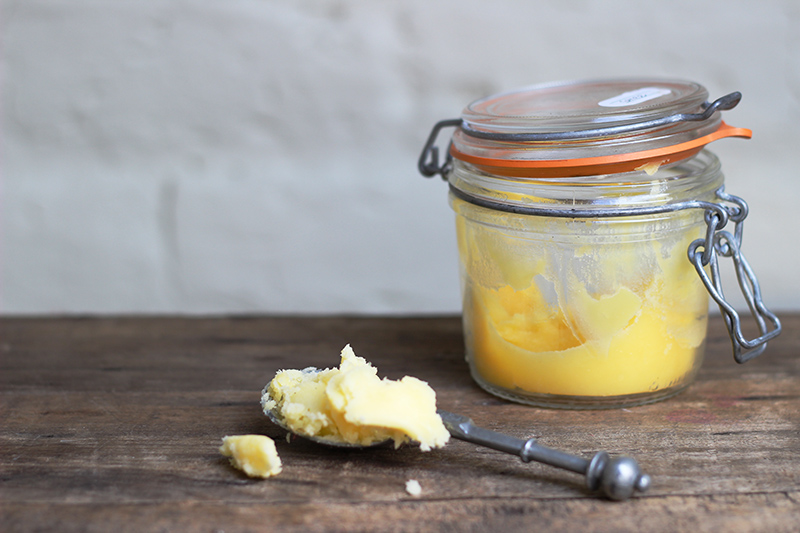Ever tasted CoYo? This brand of yoghurt has a cult following. If you are dairy-free, tasting it is almost like a religious experience. Creamy, thick, unctuous – it’s beyond Bach.
Given the industrial quantities of CoYo I scarf, it was about time I made my own.
Almost a decade ago I was introduced to the idea of culturing my own coconut milk with a yoghurt-making machine. At that time, I was on a strict anti-candida diet and desperation was on the menu three times a day. Every day. Sheesh.
It always turned out runny, like a watered down smoothie. Given the mammoth restrictions of a candida diet, I lived on this coconut yoghurt ’til it poured from my ears. As soon as I highjumped the Big Brute, I ditched my yoghurt making machine and ran for a pot of honey. That was a good day.
So 8 years later, under CoYo’s spell, I give it another go. No yoghurt-making machine.
Here’s the result. Nailed. And it’s all yours.
How to make your own coconut yoghurt
My version of coconut yoghurt is idiot-proof, for people who couldn’t be bothered (welcome to the family!)
Candida warriors will love this treat, as will your vegan pal, and that hot Pilates instructor you’ve been dying to impress. Now you have an excuse to get his email.
Tips! You can find blocks of coconut cream for less than £1 in your local Asian or ethnic grocers. In health food stores, expect to pay £2:20 for organic varieties. For the intrepid cook, Peachy Palate has some great pointers about getting the coconut milk thick and gorgeous (which we struggled to do, that’s why we opted for coconut cream). You can check her recipe out here.
The Cultured Club do tasting sessions and masterclasses on fermentation. Milk kefir apparently works well and has 40 different strains of bacteria. Worth checking out their touring schedule in the UK and Ireland.
If you have any tips or recipes, please include them below as we’d love to hear your thoughts.
1 block / 200g coconut cream aka creamed coconut
¼ teaspoon Udo’s probiotic powder (1 capsule will also do)
300ml hot filtered water
¼ vanilla bean pod (or pure vanilla powder)
1 teaspoon stevia powder (like Dr Coy’s stevia erylite)
Chop the coconut cream into small chunks, being careful not to include your fingers (the cream can be rock solid). Add to a blender or food processor along with the hot water and blend until smooth.
Leave to cool for 15 minutes before adding the probiotic culture, and vanilla seeds or powder. Traditionally, you can use culture from a batch of CoYo or other natural yoghurt, but I find the probiotic powder more effective.
Pour into a scrupulously clean Kilner jar and cover with kitchen paper and an elastic band. A Pyrex bowl is grand too. I keep mine on a warm spot on an Aga for 1-2 days, before tasting and refrigerating. You could leave yours in the boiler room or airing press, to achieve similar results (26 degrees Celsius). If it’s particularly hot, 24 hours could be plenty of time to leave the culture multiply.
Half way through, whisk the coconut smooth with a plastic fork or else it will divide into layers (say after 12-18 hours. I end up agitating it a few times, to prevent splitting).
That’s it! No yoghurt making machine!
Leave your comments below and let me know how you get along. Can’t wait to hear your feedback. #extravirginkitchen






